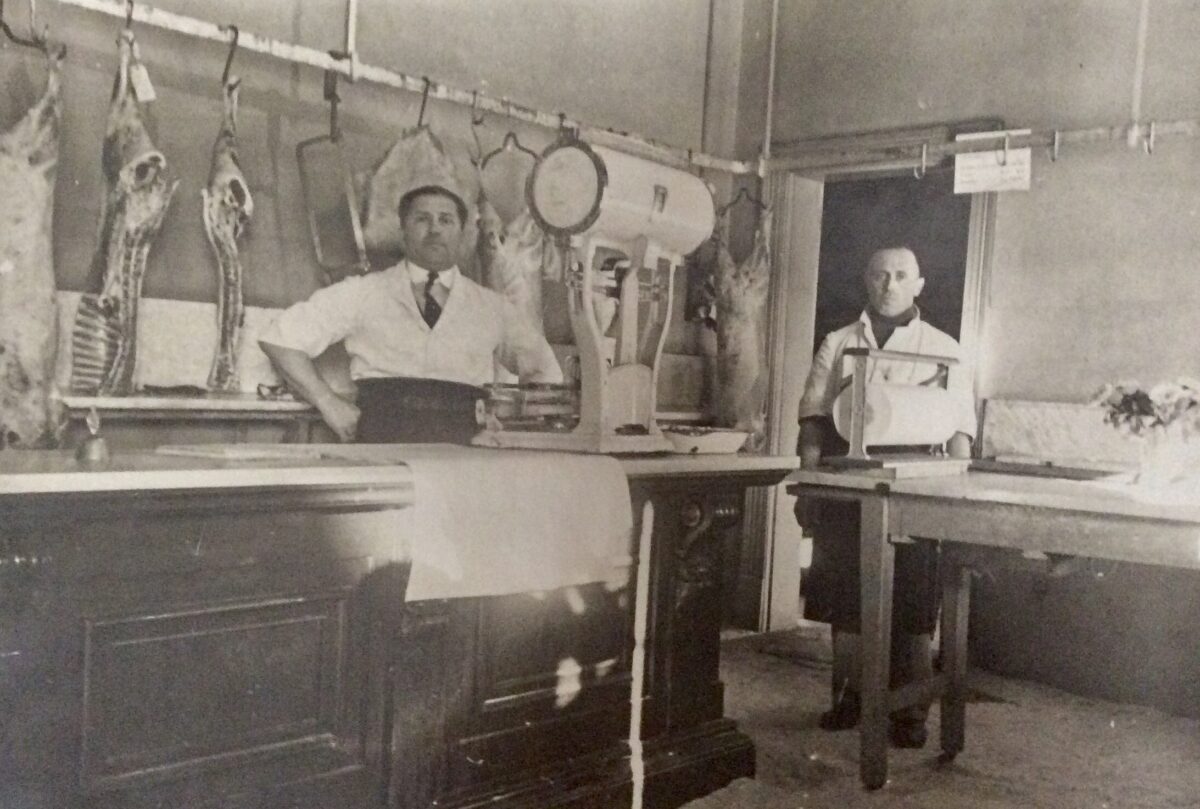Apart from the market gardeners who began their family businesses in the 1930s in the area that they called Lockleys, several Veneto families started other businesses in Adelaide between the wars. When you think about it, they were brave considering the difficult economic conditions in that period. They took initiative, were enterprising and had a vision for the future of their families in Australia.
The image above shows Emilio Mattiazzo and a worker. Emilio owned a butcher shop on Currie Street from the late 1930s. Photo, courtesy Santin family.
Boarding houses run by Veneto families
In two previous blogs, boarding houses that were owned by Veneto families in the west end of Adelaide were featured.
Des O’Connor wrote about the boarding houses in a chapter in a book in 2005.* He identified that between 1930 and 1960, the majority of the people who ran boarding houses in the city were from the Veneto region. He named the following Veneto people and their origins: Raymond Ballestrin (Riese), Elena and Luigi Stocco (Castelfranco Veneto), Clorinda Cescato (Altivole), Maria Cecchin (Galleria Veneta), Giuseppe Pasin (Thiene) and Giuseppina Campagnaro (Resana).
Shops owned by Veneto families
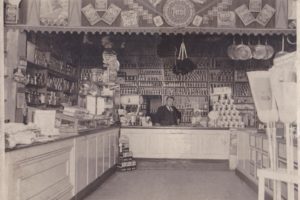
Domenico Rossetto arrived in Adelaide from Bigolino in June 1926. Carmela (nee Buffon) arrived with their daughter, Anna in 1929 and their son, Modesto was born in Adelaide. Domenico and Carmela ran a grocery shop in Hindley Street which was an important place for many Italian families between the wars because they were able to buy ‘continental’ foods. The Rossetto grocery also delivered to families in the suburbs – including the Veneto market gardeners in Lockleys. When Domenico died in 1946 aged 49 years, Carmela carried on running the grocery shop with her daughter and son, nieces and nephews and friends. The shop was a very successful business and well patronised by Italians for many years after the war.
Emilio Mattiazzo from Valdobbiadene had arrived in Adelaide in 1928. He owned a butcher shop which was in Elizabeth Street in the city and about two years after his wife, Livia and children arrived in 1936, the family moved to the corner of Currie Street and North Street where Emilio had his butcher shop for many years. Livia looked after boarders in two rooms of the house above the shop. Their daughter, Anna married Vito Santin, one of the Veneto market gardeners on Frogmore Road.
Veneto mica miners in the Northern Territory
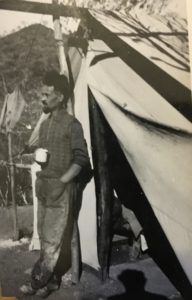
Two of the market gardeners, Gelindo Rossetto and Angelo Piovesan, bought shares in mica mines at Harts Ranges and worked at the Spotted Tiger in the 1930s. The mines were about 200 kilometres north east of Alice Springs. Gelindo and Angelo also employed relatives on the mica mines and also on their market gardens which they continued to operate.
Angelo’s son spoke in his interview about the reason that he went to the mica mines:
Dad went up into the mica mines for a short time, to get some money, to earn a little bit better living, because the market garden was only just set up and wasn’t
producing much income.
(Dino Piovesan, OH 82/17, 23 September 2011)
Other Veneto men and families also lived and worked on the mica mines between the wars. These included Attilio and Serafina de Pieri nee Corletto who were at the mines in the 1940s and lived there with their elder two children. When the family returned to Adelaide, Attilio opened a shoe repair shop in the City.
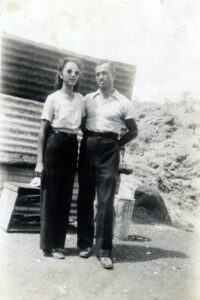
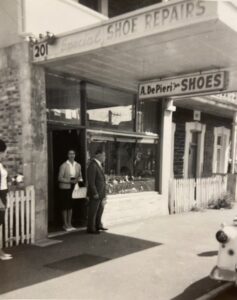
Other Veneto families who had businesses in Adelaide
Giuseppe Bailetti arrived from Brescia in 1934 and within a few years had opened a gun shop and cycle repairs in Hindley Street. He and his wife, Eugenia who was born in Crespano del Grappa in the province of Treviso ran the shop and the family expanded it and sold household goods for many years.
Belsamino Brazzale arrived in 1924 from Caltrano in the province of Vincenza and by about 1930 had set up a factory that dressed mica. He was known as an importer and exporter of mica. Several of the daughters of Veneto families in the market gardener community worked at Brazzale’s which was in Liverpool Street in the west end of the City.

Giacinto Caon who had arrived from Loria, in the province of Treviso, in 1934 had first worked in a quarry and then ran a butcher’s shop in Franklin Street for many years.
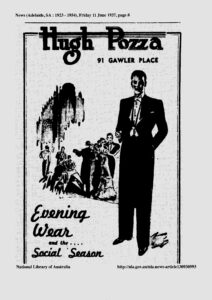
Antonio Ugo or Hugh Pozza from Lusiana in the province of Vicenza had arrived in 1927 and ran a very successful tailoring business in Gawler Place, called ‘Parisian Tailor’ from the late 1930s. He became well known over many years for making suits for men and “costumes” for women. and advertised his tailoring which had “quality, style and value.” He employed about 30 people.
There were other Veneti who took steps to set up their businesses between the wars whose stories are yet to be told. Those families who became business owners in that period created a strong future in Australia.
*Des O’Connor, “Club e Associazioni dei Veneti nel South Australia” in Veneti d’Australia, edited by Luciano Segafreddo and Ilma Martinuzzi O’Brien, 2005.
Madeleine Regan
7 April 2024
